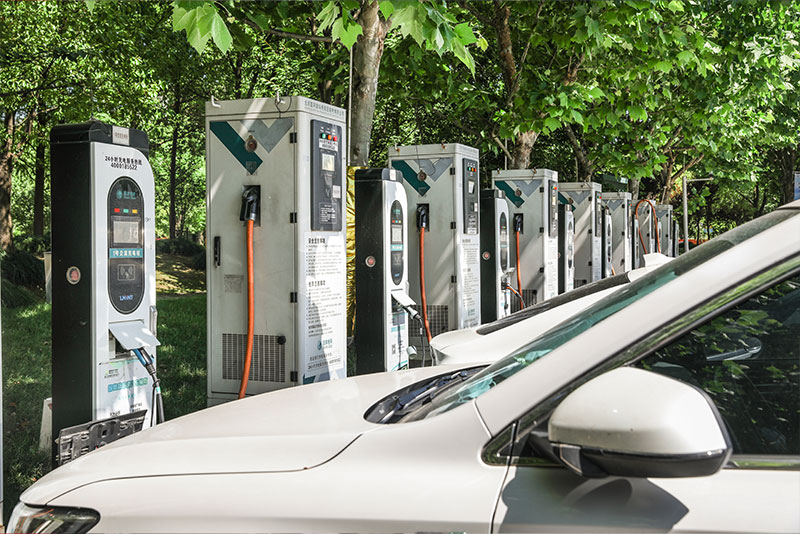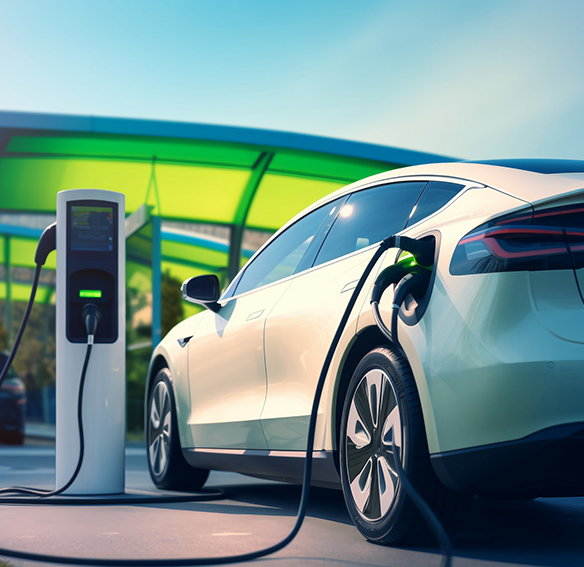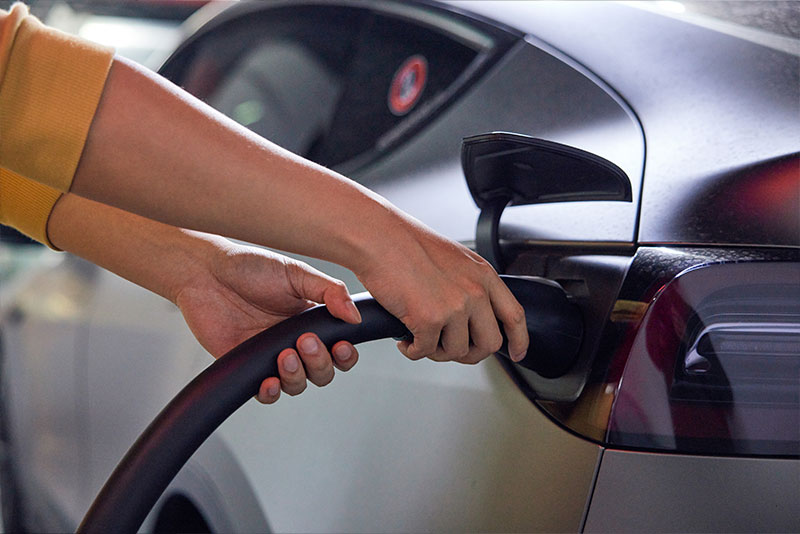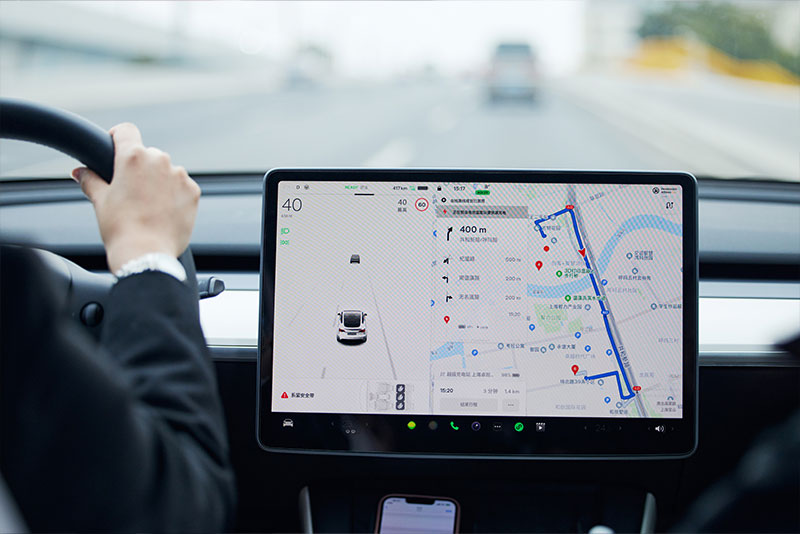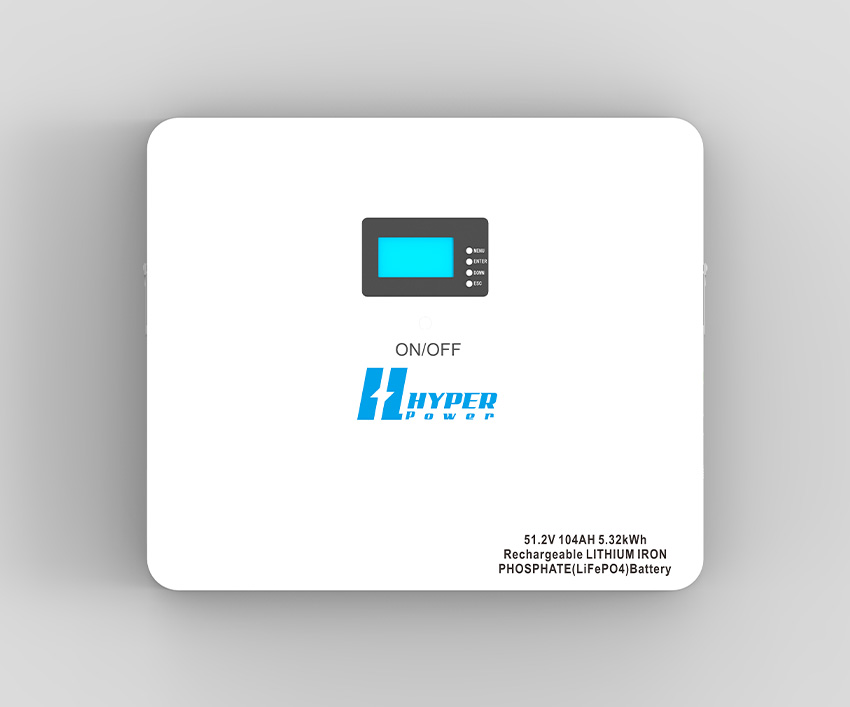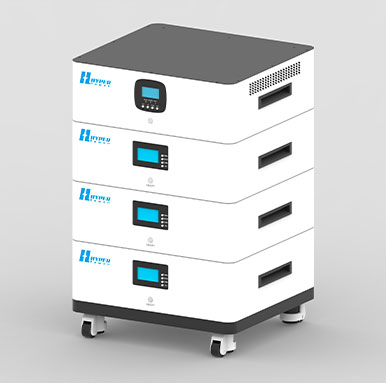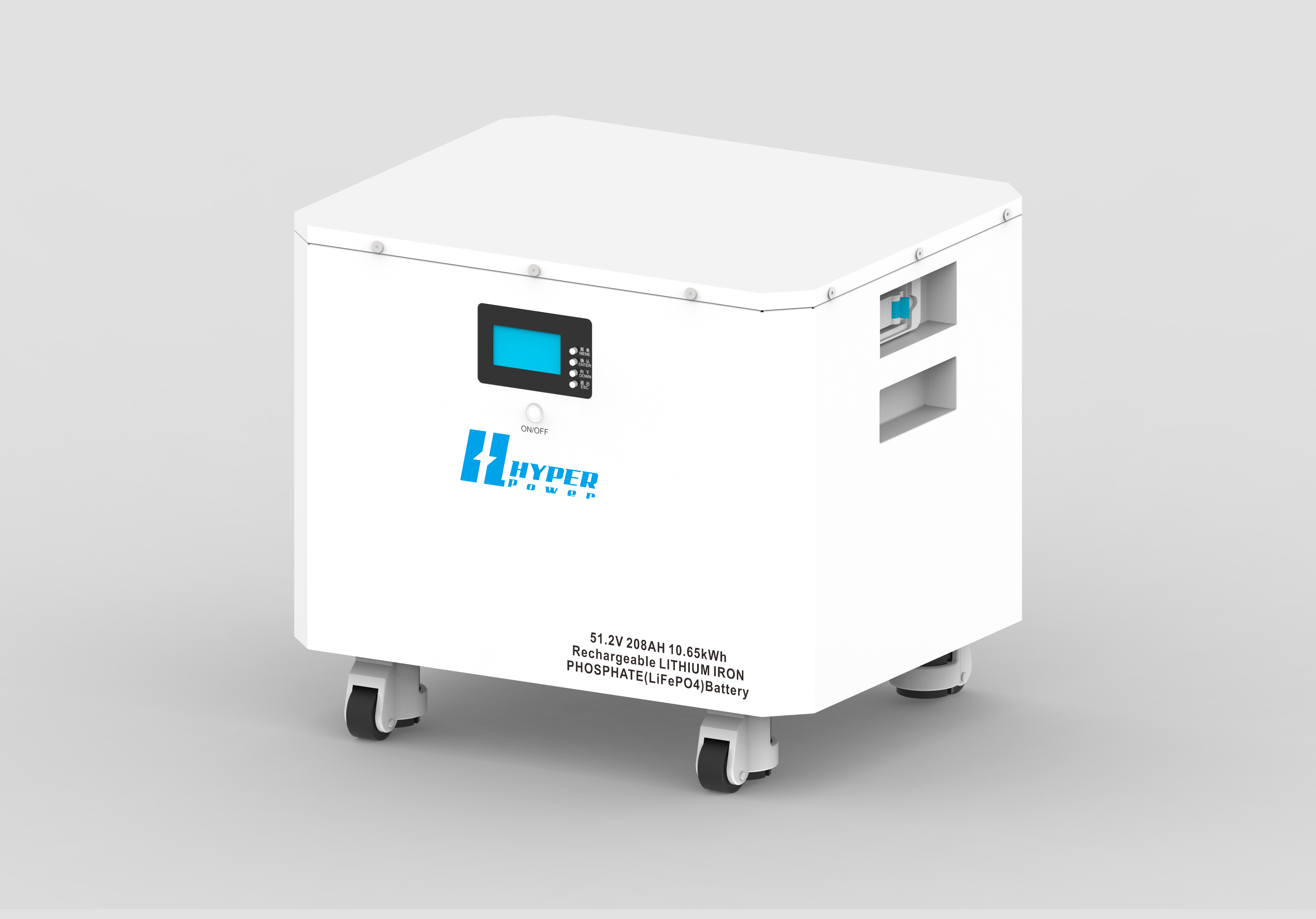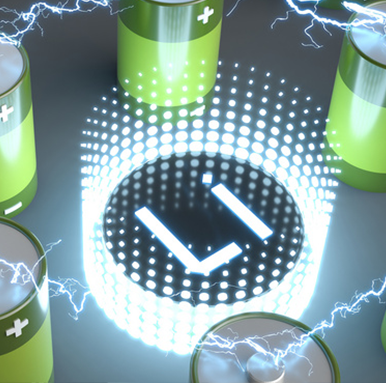How to Maintain and Care for Your Lithium-Ion Battery for Cars
Explore the best maintenance tips for a lithium-ion battery for cars, covering everything from charging habits to seasonal care and proper storage techniques.
Introduction
The adoption of lithium-ion battery for cars has grown rapidly as electric vehicles (EVs) and hybrid cars become more common. These batteries provide higher energy density, faster charging speeds, and better efficiency compared to traditional lead-acid batteries. However, despite their advanced features, lithium-ion batteries require proper care to maximize their lifespan and performance.
Maintaining your lithium-ion battery for car ensures improved energy efficiency, reduces long-term costs, and minimizes unexpected failures. By adopting the right practices, you can extend your battery’s health, reduce degradation, and enhance your vehicle’s overall performance.
In this guide, we’ll explore the best maintenance tips for a lithium-ion battery for cars, covering everything from charging habits to seasonal care and proper storage techniques.

Understanding Your Lithium-Ion Battery for Cars
To effectively maintain your lithium-ion battery for car, it's essential to understand its structure and functionality.
Key Components of a Lithium-Ion Battery for Cars
A lithium-ion battery is composed of several key elements:
- Cathode: Made from materials like lithium cobalt oxide (LiCoO₂) or lithium iron phosphate (LiFePO₄), the cathode determines the battery’s voltage and capacity.
- Anode: Typically made from graphite, the anode stores lithium ions during charging and releases them during discharge.
- Electrolyte: This liquid or gel-like substance facilitates the movement of lithium ions between the anode and cathode.
- Separator: A crucial safety feature that prevents direct contact between the anode and cathode, reducing the risk of short circuits.
How Lithium-Ion Batteries Power Cars
When you charge a lithium-ion battery for cars, lithium ions move from the cathode to the anode. During discharge (when you’re driving), these ions flow back to the cathode, generating electrical energy that powers the vehicle.
Advantages of Lithium-Ion Batteries for Cars
Lithium-ion batteries offer several benefits:
- Higher Energy Density: These batteries store more energy in a compact size, providing longer driving ranges for EVs.
- Lightweight Design: Compared to lead-acid alternatives, lithium-ion batteries reduce vehicle weight, improving efficiency.
- Fast Charging Capabilities: Many lithium-ion battery models support rapid charging systems, reducing downtime.
- Lower Maintenance Needs: Unlike lead-acid batteries, lithium-ion models do not require frequent refilling or complex upkeep.
However, these batteries are sensitive to heat, overcharging, and improper storage. Adopting smart maintenance practices is vital to prolonging battery life.
Key Factors Affecting Lithium-Ion Battery Performance
Several environmental and usage factors significantly influence the lifespan and efficiency of your lithium-ion battery for car.
1. Temperature Control
Ideal Operating Temperature: Lithium-ion batteries function best within 15°C to 25°C (59°F to 77°F).
Heat Exposure Risks: Prolonged exposure to temperatures above 35°C (95°F) can accelerate cell degradation.
Cold Weather Challenges: Cold environments (below 0°C/32°F) reduce battery efficiency, causing power output to drop.
2. Charging Habits
Charging practices are crucial to preserving battery health.
Frequent 100% charges put unnecessary stress on battery cells.
Consistently letting your battery drain to 0% can result in capacity loss.
Best practice: Maintain your battery charge between 20% and 80% for optimal performance.
3. Storage Conditions
If you plan to park your vehicle for extended periods, maintaining the battery properly during storage is essential.
Partial Charging (40–60%) is ideal for long-term storage.
Avoid storing your vehicle in areas with extreme heat or freezing temperatures.
4. Driving Patterns
Aggressive driving habits like sudden acceleration, rapid deceleration, and frequent short trips strain the battery. Driving at moderate speeds with smoother acceleration can reduce stress on battery cells.
-Charging.png)
Best Practices for Maintaining a Lithium-Ion Battery for Cars
Following these maintenance strategies will keep your lithium-ion battery for car in optimal condition.
1. Charging Tips
Charge to 80–90% for Daily Use: Keeping the charge below 100% minimizes battery stress and extends lifespan.
Avoid Draining to 0%: Deep discharges cause faster battery wear.
Unplug After Charging: Leaving your vehicle plugged in after reaching full charge increases heat buildup, which accelerates battery degradation.
2. Temperature Management
Park in Shaded Areas: This helps reduce heat exposure and prevents battery overheating.
Use Pre-conditioning Systems: Many EVs feature temperature management systems that cool or warm the battery before driving.
Avoid Fast Charging in Extreme Heat: Rapid charging generates heat, so avoid it during hot weather when possible.
3. Regular Inspection
Inspect battery terminals for signs of corrosion or loose connections.
Clean terminals with a damp cloth and baking soda if corrosion appears.
Check for leaks, bulging, or physical damage that may indicate cell issues.
4. Software Updates
Modern EVs feature Battery Management Systems (BMS) that monitor battery performance.
Regularly update your vehicle’s software to ensure optimal BMS functionality and prevent performance issues.
Warning Signs of a Failing Lithium-Ion Battery for Cars
Detecting battery issues early can prevent costly repairs and unexpected breakdowns. Common warning signs include:
- Reduced Driving Range: A significant drop in your EV's range may indicate reduced battery capacity.
- Extended Charging Times: If your battery requires longer periods to reach full charge, this may suggest cell degradation.
- Unusual Heat Generation: Excessive warmth during charging or driving could indicate internal damage.
- Error Messages or Dashboard Warnings: Modern EVs often display alerts when battery issues arise.
If you notice these signs, consult a qualified EV technician immediately.
Extending Battery Life with Smart Charging Solutions
Using smart charging systems can improve the efficiency and durability of your lithium-ion battery for cars.
1. Level 2 Chargers
Level 2 chargers provide faster, more controlled charging cycles.
Ideal for overnight charging at home, balancing efficiency and battery health.
2. Smart Chargers
Smart chargers regulate voltage, preventing overcharging and overheating.
Some models offer scheduled charging options to optimize battery conditions.
3. Regenerative Braking
This energy recovery system converts braking energy into electrical energy, which recharges the battery. Regular use of regenerative braking reduces battery drain during driving.
Seasonal Care for Your Lithium-Ion Battery for Cars
Temperature extremes require additional care for your lithium-ion battery for car.
Summer Maintenance
Park in Shaded Areas: Prolonged sun exposure heats the battery.
Pre-Cool the Cabin: Cooling your car before unplugging it reduces energy drain.
Winter Maintenance
Use Battery Warmers: Battery warmers improve performance in cold weather.
Drive Gently Until Warmed: Start your journey slowly to give the battery time to reach optimal temperatures.
Proper Storage of Your Lithium-Ion Battery for Cars
If you plan to park your vehicle for weeks or months, follow these steps:
Charge to 40–60% before storage.
Disconnect the Battery Terminals to prevent energy loss.
Store in a climate-controlled environment for best results.

Recycling and Disposal of Lithium-Ion Batteries for Cars
Lithium-ion batteries must be disposed of safely to prevent environmental damage.
Recycling Tips
Contact authorized battery recycling centers in your area.
Some EV manufacturers offer take-back programs for used batteries.
Avoid placing batteries in standard waste bins due to fire risks.
Conclusion
Caring for your lithium-ion battery for cars is essential for maximizing performance, extending lifespan, and reducing long-term costs. By following proper charging techniques, managing temperature exposure, and adopting seasonal care strategies, you can keep your battery in optimal condition.
A well-maintained lithium-ion battery for car ensures smoother rides, improved range, and better reliability — all key factors in enhancing your EV ownership experience.
Blog

Maximizing Energy Independence with Home Lithium Battery Storage

How Residential Photovoltaic Energy Storage Systems Empower Sustainable Homes
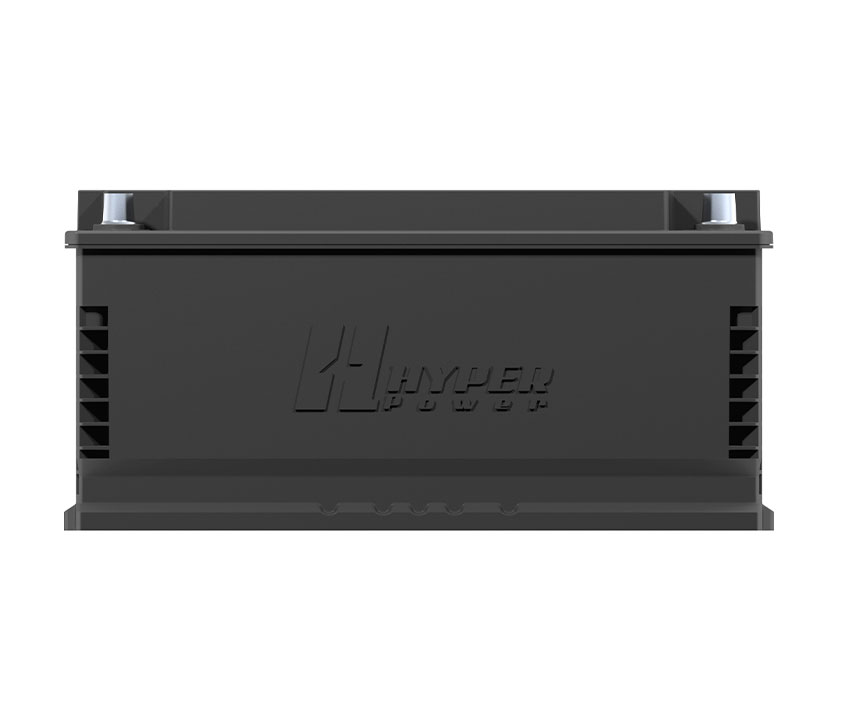
Why the 12V Lithium Ion Car Battery is the Smarter Automotive Power Solution — Insights from JEJE Energy
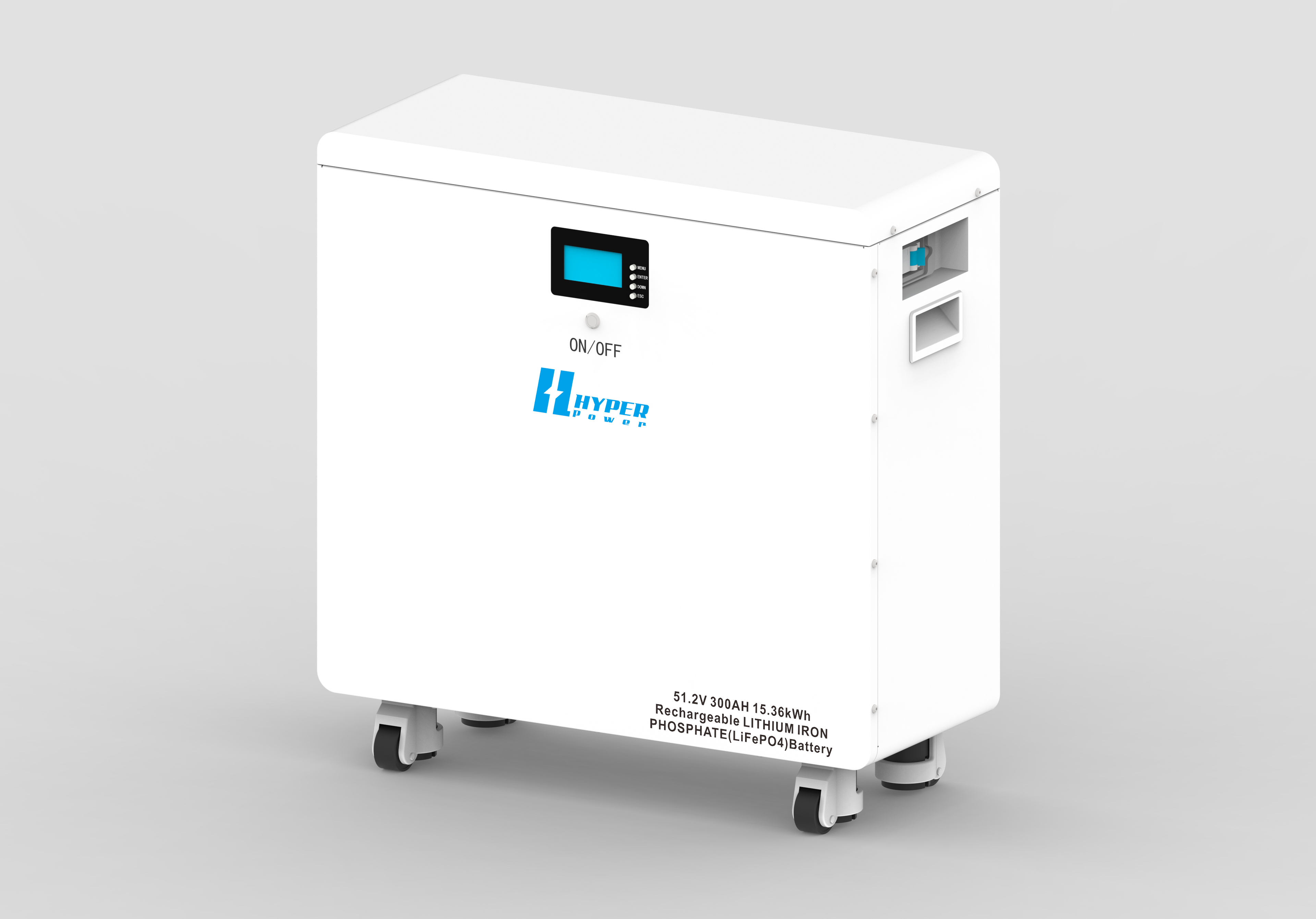









.jpg)









